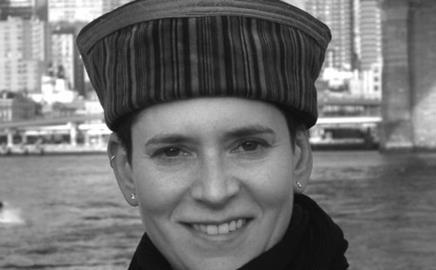Erica Wagner chooses two avant-garde icons for us, one of them a triumph of American engineering, the other an Anglo-Italian blemish on the Beaubourg
The caisson for the Manhattan side of the Brooklyn Bridge was dug 78ft beneath the surface of the East River in 1872. The foundation for the New York tower was much deeper than its companion on the Brooklyn shore, and as workmen dug deeper in the pressurised atmosphere more and more of them – including the bridge’s engineer, Washington Roebling – became crippled with the then-mysterious “caisson disease”, now commonly called the bends. So Roebling called a halt to the digging, based on his knowledge of the geology of the river’s bed. But one must never forget, when crossing this enduring, beautiful structure, one of the most remarkable ever built, what a courageous decision this was. For the New York tower of the Brooklyn Bridge rests on sand.

It is in part for its builder’s vision – and that of his wife, the remarkable Emily Roebling – that I adore the Brooklyn Bridge; but it is more that it is a haven for me, as it has been for many thousands since it opened in 1883. I have crossed it at dawn and in the middle of the night; I have crossed in rain and sun. I have let the steel wire of its ever-moving cables vibrate in my palm and I have felt a powerful connection to my city, and to the builders of what has rightly been called simply The Great Bridge.
Another city I love is Paris. I confess that over the years I have tried and tried again to come to love the Pompidou Centre; yet I seem unable to see it as anything other than a blemish on the face of a beautiful friend. If that’s my weakness, so be it.
Postscript
Erica Wagner is an author and literary editor of The Times.





















No comments yet